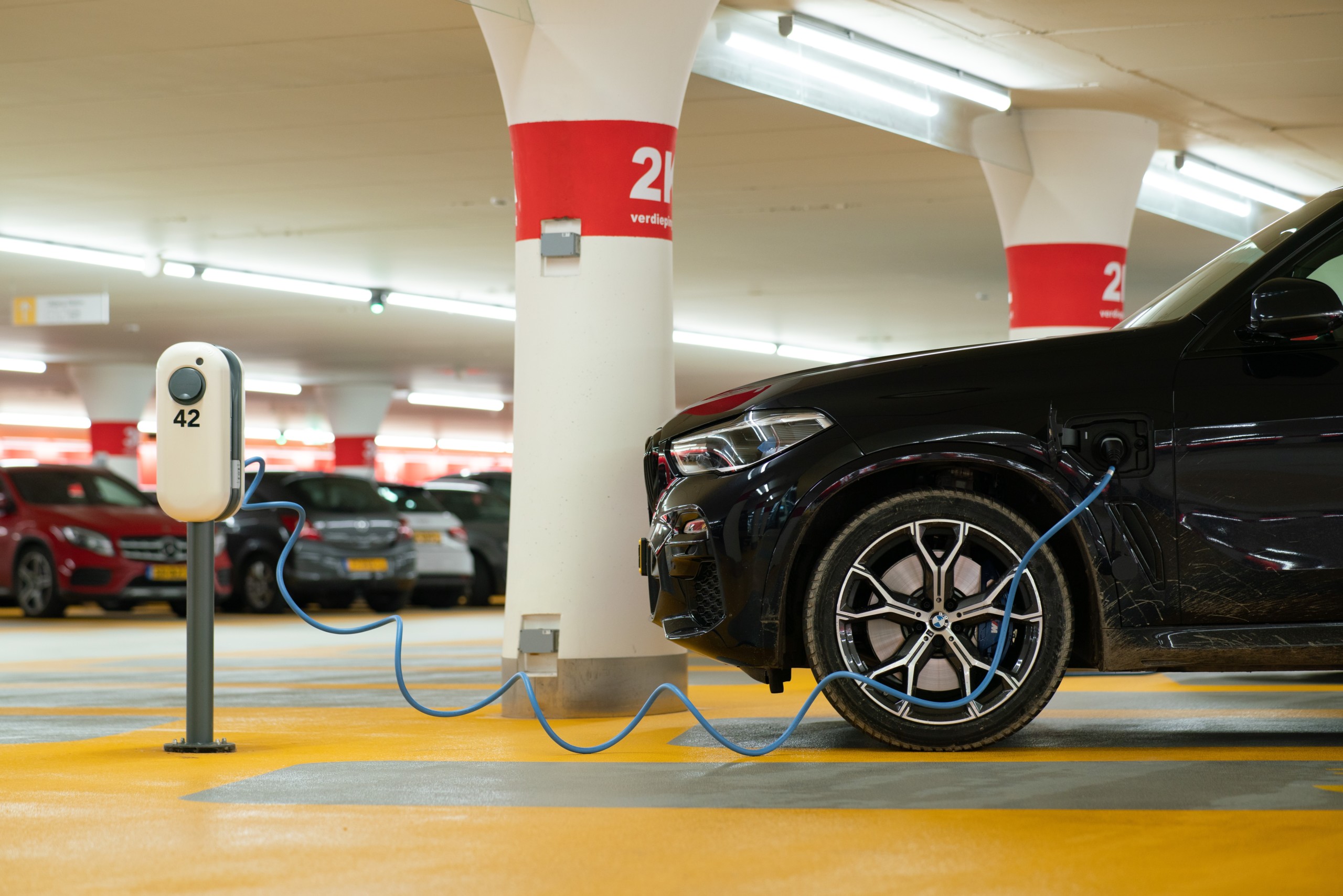This website uses cookies so that we can provide you with the best user experience possible. Cookie information is stored in your browser and performs functions such as recognising you when you return to our website and helping our team to understand which sections of the website you find most interesting and useful.
News
Vinyl’s Role in EV Readiness
In 2016, there were fewer than 300,000 electric vehicles (EVs) registered in the U.S. But by 2020, that number had to more than 1.8 million; and that number is even far greater in Europe and China. By 2030, McKinsey estimates approximately 120 million EVs could be on the road in China, the European Union, and the U.S. An even more aggressive case scenario could see that double.
Are we ready for the influx of all-electric cars on the road though? EV readiness is a term commonly used to define if we are prepared for the necessary infrastructure required to support EVs. Because EVs run only on electricity, unlike the gasoline and diesel cars we have driven for more than a century, there will be a significant increase in the electrical load as EVs become more prominent.
In the 2021 Infrastructure Report Card, U.S. energy earned a C- grade. There is a significant investment gap for all three major components that make up the electric grid, and this will grow as we have to adapt infrastructure to better meet the needs of EVs. Building out EV infrastructure will be costly; AlixPartners estimates $300 billion will be needed to build out a global charging network to accommodate the expected growth of EVs by 2030, including $50 billion in the U.S. alone.
One thing is for certain though: it is far less expensive to install EV readiness equipment while the building is being constructed, compared to retrofitting the equipment years later. Even if a single charging station is desired when a building opens, one money-saving practice that developers also use is to oversize the transformer and lay additional conduit to support expansion.
How is PVC involved?
No matter what power source this new smart electrical infrastructure is being tied into, PVC products, and other plastics, will play a critical role in the cost-effective development of this paradigm shift in mobility and digital connectedness in a low-carbon society.
The cables that connect the power supply to the charging stations are typically going to have an outer sheathing made of PVC that is flexible and lightweight enough to give the installer the freedom to move, while having enough strength to protect the cable from damage during installation. The cable is typically pulled through a rigid PVC conduit that can be installed in a variety of configurations. These can be in a “raceway” or a “bundle,” buried or above-ground, or even encased in concrete. Contractors love the technical precision and lightweight nature of installing PVC conduit, which outperforms other materials in any of the configurations where it is typically used.
The Vinyl Institute is working together with the National Electrical Manufacturers Association and the International Brotherhood of Electrical Workers, along with other state and federal legislative groups as well as standards bodies to drive conversations on how PVC can play a positive role in a low-carbon society.


